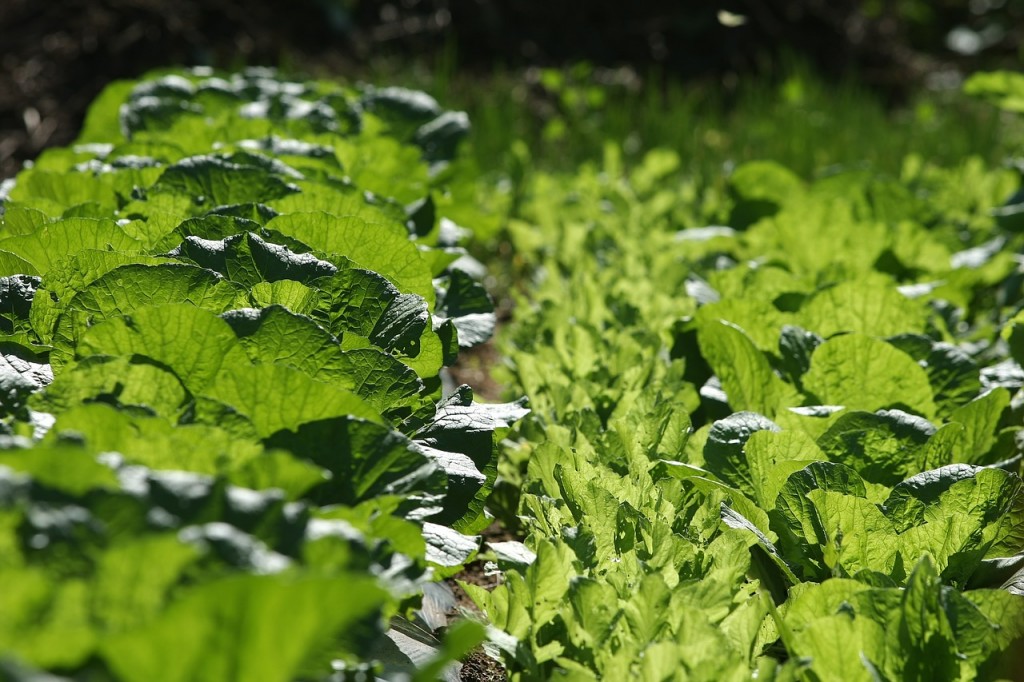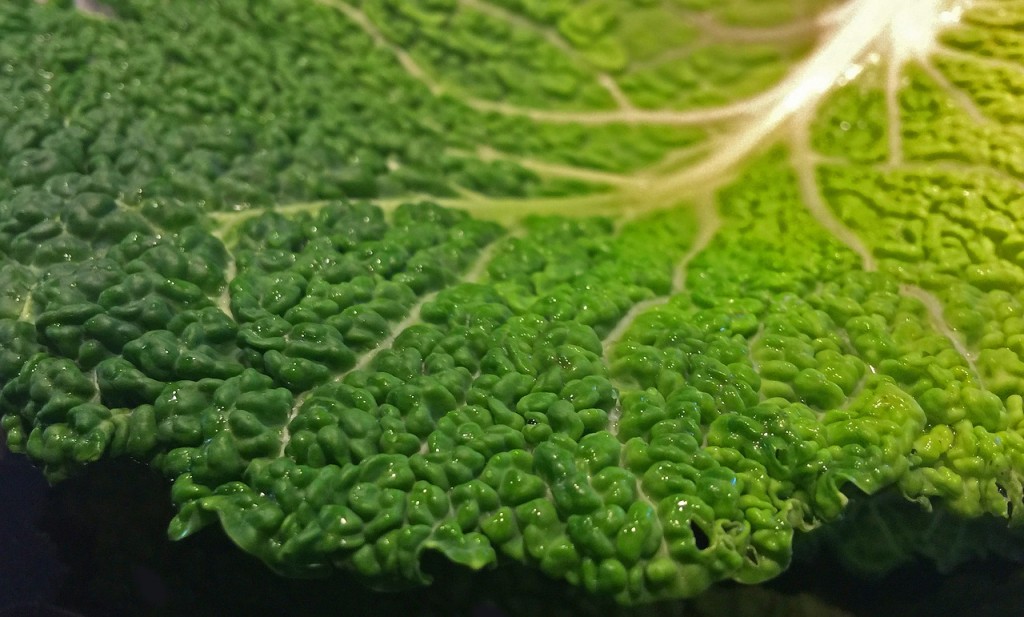
Spring is just the time when veg is in short supply and expensive in the shops so plan ahead and sow some cabbage now for an early harvest next year.
If you think your plot looks bare in spring with not a lot to harvest then try growing spring cabbages and spring greens so that when the price of green veg in the shops is really expensive and you are yearning for some fresh green veg on your plate, you have a great source of it on your plot.
Homegrown cabbage, eaten fresh and cooked right is simply delicious.
It is possible to sow cabbage nearly all year round and you can certainly be harvesting it all year but there are different types and varieties which are sown at different times.
Here we are concentrating on spring cabbage and spring greens.
Growing guide
All cabbages like a sunny or partly sunny site and a good fertile soil.
When preparing to sow or plant cabbages the ground needs to be dug over and ideally farmyard manure or garden compost added before a previous crop as you want a fertile soil but not too rich a mix or the plant will produce very soft leaves which can be damaged by harsh winter weather.
You could apply a sprinkling of Growmore or chicken manure pellets a week or two before planting if the soil is overworked or not very good.
Sowing cabbage
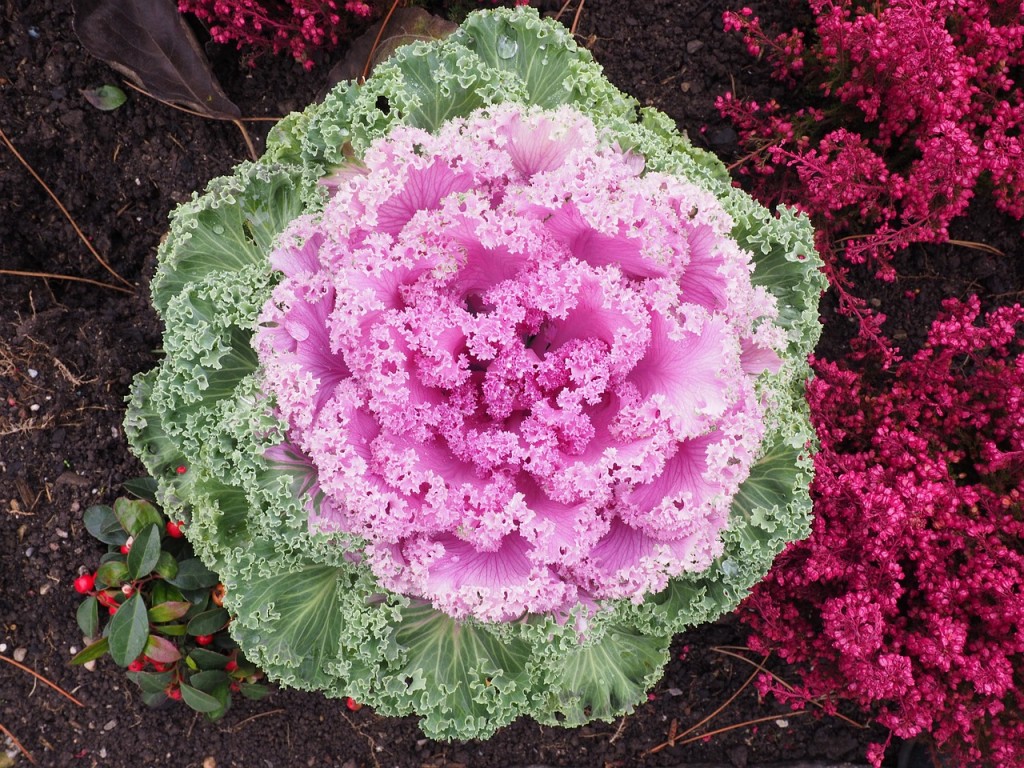
Sow cabbage in either a seed bed or in pots, trays or cell trays.
A seed bed is simply a small area of ground that you devote to sowing and growing young plants before transplanting them to their final growing positions.
A seed bed should be well dug and raked to a fine crumbly surface. You then sow your rows of cabbage seeds. Sow in rows 23cm (9in) apart and 1cm (1?2in) deep.
When they germinate thin out the seedlings to leave a small gap between each one and keep thinning as they grow to allow space between plants at all times.
When the plants are 8-10cm (3-4in) high they can be carefully dug up (with plenty of soil attached to their roots) and planted in their final growing positions at least 30cm (12in) apart or closer if growing as spring greens (see below).
This method can work well but brassicas are prone to attack from many pests so it is a riskier technique than sowing in pots or cell trays first.
Growing without a veg plot
Cabbages do not make ideal container plants because they require good nutrition, a regular water supply and firm soil to do well.
There is also a limit to how many you can grow in a pot, even a large one. However, a raised bed or a very large tub (approximately 60cm/2ft square and deep) with topsoil could be used to grow them.
Plant at closer spacing 10-15cm (4-6in) apart to create lots of smaller plants that you can use as spring greens rather than a hearted cabbage so you can pick leaves at will for the pot.
Growing on and harvesting
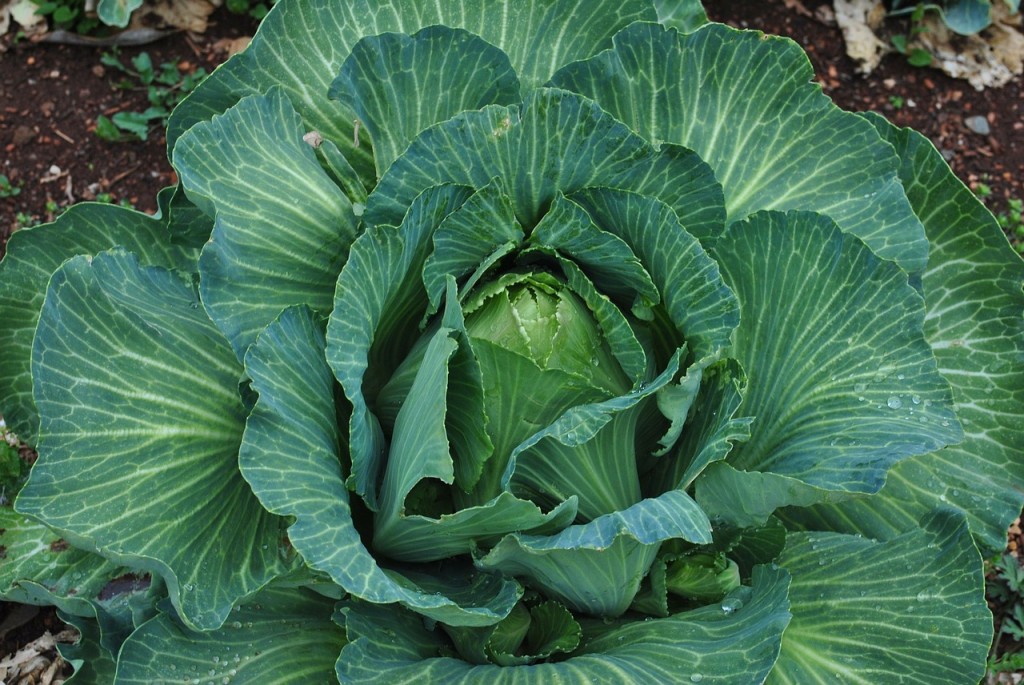
When the plants are about 10-13cm (4-5in) high they can be planted outside. When planting make sure you firm well around the roots. Use your heel if necessary.
If cabbages are planted loosely they will not produce a solid heart. Aim to plant about 38-45cm (15-18in) apart and rows about 25cm (10in) apart.
The summer is peak time for pests especially the cabbage white butterflies (see below) so it would be prudent to cover your newly planted cabbages with crop protection netting such as Micromesh or Enviromesh.
Keep the young plants well watered especially in the first two or three weeks while new roots are growing and add some feed occasionally to the water.
Spring cabbage is hardy so will stand the winter well but it needs to be sown and planted early to get to a decent size before the coldest period of the year.
Pests and diseases
Be vigilant for cabbage white butterflies, both the small and large white. Look for yellow eggs on the underside of leaves.
Remove these with thumb and finger. If left these will hatch into a little army of hungry caterpillars that will soon transform your cabbages into lace!
Other pests to look out for include whitefly which will be evident when you knock a plant and clouds of little white flies take to the air. These can be squirted off with a hose.
Club root is an infection of the roots that is prevalent in some soils and is particularly active in warmer, moist soils so a wet summer or normal damp autumn can bring on symptoms of this disease.
The roots form swellings and become distorted, this can then cause retarded growth.
If your cabbages fail to thrive and grow and even wilt in hot weather although they have plenty of water then you can suspect there is a problem at the roots and it could be club root.
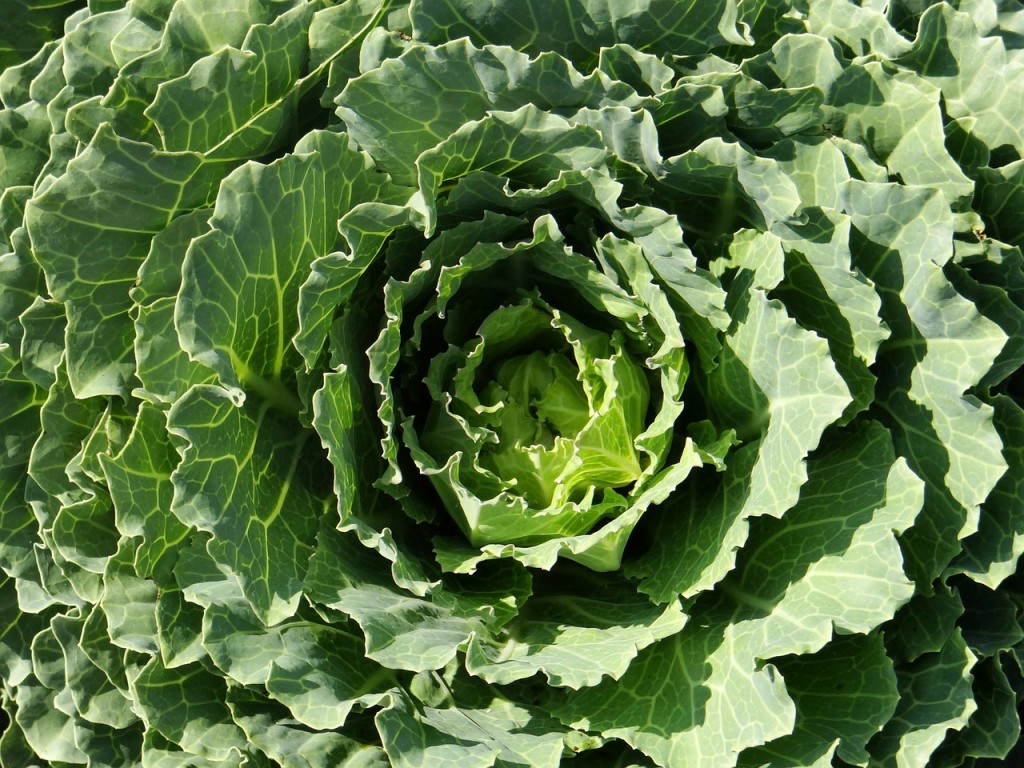
Once it takes hold there is nothing you can do so prevention is best.
A limey soil tends to reduce infection so consider taking a soil pH test to check if your soil is slightly acidic. If it is apply 500g/sq m (15oz per sq yd) of lime a few weeks before planting.
In subsequent years or if your soil is not too acidic apply half the amount of lime as stated. It also helps to start plants off in sterile compost and get the plants established before planting out.
Recommended varieties
- ‘Spring Hero F1‘: A really early spring cabbage if sown in July.
- ‘Advantage F1‘: A great British-bred cabbage that produces those ‘spring greens‘. It is hardy and can be sown March to October so you can eat it all year round.
- ‘Hispi F1‘: Has an RHS AGM and is an old favourite.
Sowing in containers
Starting off your seeds in pots or trays means you can control their environment until they are larger and better able to survive on the plot.
Cell trays are useful because you can sow one or two seeds in each cell.
If sowing two seeds per cell you can almost be assured you will get at least one seedling per cell but remove one of the seedlings immediately if two germinate.
Sow into a good multi-purpose compost about 6mm (1?4in) deep.
Water well and place in a cold frame, on a greenhouse bench or on a windowsill indoors.
They won‘t need any extra heat at this time of year.
As soon as the seedlings are through thin out to one seedling per cell or if sowing in seed trays lift and move the seedlings into individual pots when large enough to handle.
